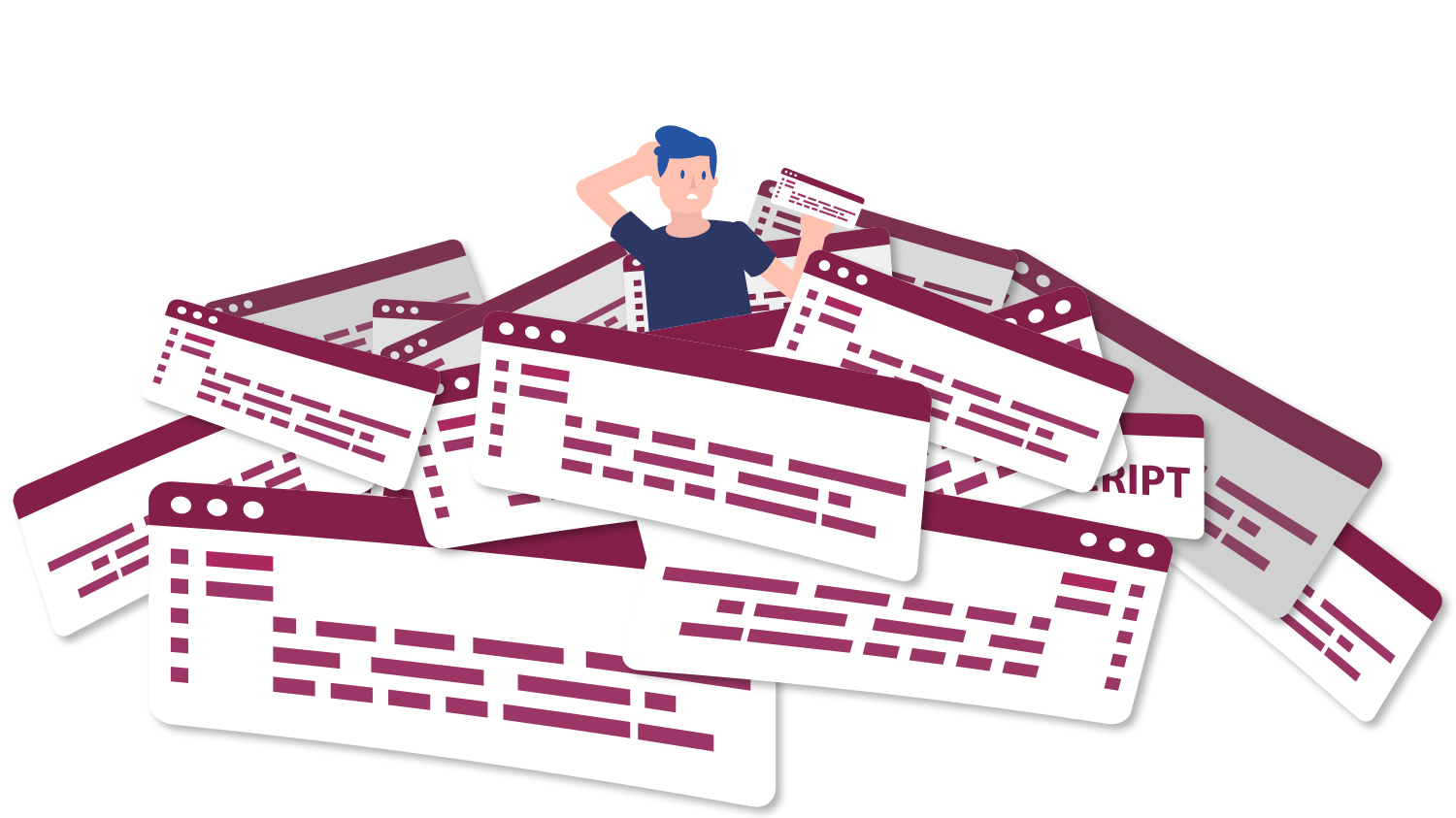In web accessibility, what are concurrent input mechanisms?
Question
Answer
Input mechanisms are the array of devices for interacting with web content, such as keyboard, mouse and other pointer devices, and touch.
In terms of web accessibility, supporting “concurrent input mechanisms” means that users should not be limited in their choice of input mechanisms, and they should be able to switch or add input mechanisms at any time.
For example, in a widget to reposition an image in a document, a user may start with large movements dragging the image with a mouse, then achieve smaller, more precise movements by switching to keyboard controls. If the widget disables keyboard functionality when it detects mouse activity, then it is not allowing concurrent input mechanisms.
In another example, a user completing a form on a tablet may start by using touch inputs, then decide they can complete the form more efficiently by connecting an external keyboard and using that instead. The form should accept this change of input seamlessly.
Like many web accessibility practices, concurrent input mechanisms are about flexibility. Users have a better experience when they can choose their best tools exactly when needed.
In the Web Content Accessibility Guidelines, Success Criterion 2.5.6: Concurrent Input Mechanisms is a WCAG 2.1 AAA criterion. To meet this criterion, do not limit users to a specific input mechanism unless it is essential, required for security, or based on a user-controlled setting to limit input mechanisms.
Note that this criterion focuses on users' ability to switch input devices. Foundational keyboard accessibility is part of Success Criterion 2.1.1: Keyboard Navigation, which is a WCAG 2.1 A criterion. Learn more about how to meet this criterion in the Keyboard Navigation & Focus Management course from Accessible Web Academy.


